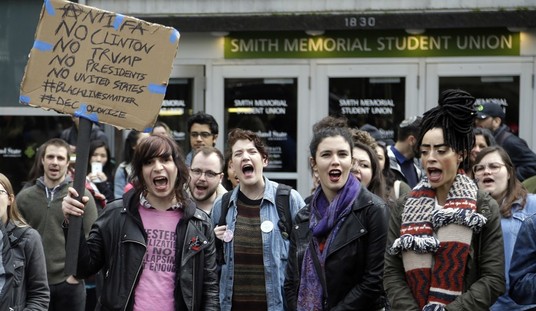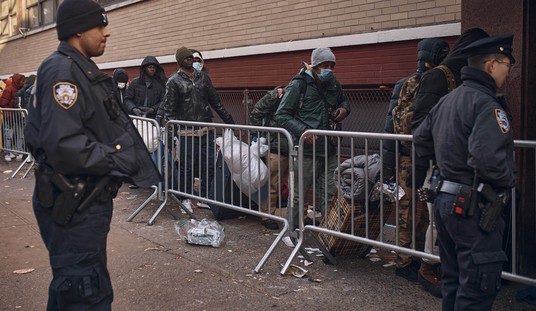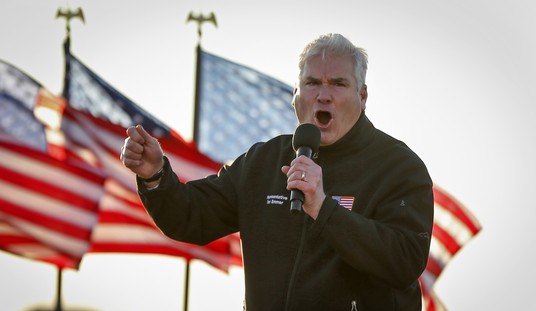Over the last couple of years there has been an ongoing debate over a basic question: Why did crime spike so dramatically in 2020? The possible answers to that question have, at least in my view, been filtered somewhat by politics with some on the left blaming the spike on increased gun sales (the evidence for that is mixed). Other academics have pointed to the pandemic as a driver of crime. Another possibility is that the spike in crime was connected to the death of George Floyd and the protests and riots that followed as police pulled back. This is often referred to as the Ferguson Effect.
This last one is the view I find most convincing for a couple of reasons. First, the pandemic was international but the sudden spike in violent crime has mostly been limited to the US. So, at a minimum, there was some additional factor here that didn’t happen everywhere. Second, if you look at monthly crime stats from various cities you’ll see that the spike didn’t begin in March 2020 as we headed for coronavirus lockdowns. The spike in violent crime began at the end of May, coinciding with the death of George Floyd, the riots that followed also coincided with the start of the public push to defund the police. And to be clear, defunding only happened in a few cities but the general anti-police narrative happened everywhere and resulted in a lot of police officers pulling back or simply leaving their jobs willingly rather than because their funding was cut.
Today, the Atlantic published a piece looking at another factor that may have contributed to the surge in crime. This is the best argument for the impact of the pandemic that I’ve seen. Author Alec MacGillis argues that a driving factor for the increase in crime was the decision to shut down the courts.
Criminologists have offered several explanations for the increase, including the rise in gun sales early in the pandemic, changes in police behavior following the protests over the murder of George Floyd, and the social disruptions caused by closures of schools and interruptions in social services. But many people who work in criminal justice are zeroing in on another possible factor—the extended shutdown of so much of the court system, the institution at the heart of public order…
Above all, experts say, the shutdowns undermined the promise that crimes would be promptly punished. The theory that “swift, certain, and fair” consequences deter crimes is credited to the late criminologist Mark Kleiman. The idea is that it’s the speed of repercussions, rather than their severity, that matters most. By putting the justice system on hold for so long, many jurisdictions weakened that effect. In some cases, people were left to seek street justice in the absence of institutional justice.
Intuitively, this makes a certain sense. If criminals have a sense that the justice system is on a holiday, their willingness to commit crimes and engage in street justice probably increases. And MacGillis points to two specific cities as examples of how this trend played out. On the one hand, Albuquerque, New Mexico shut down its court system for months and it still isn’t back to 100% of its pre-pandemic efficiency.
In 2019, the district attorney’s office put out a glossy report that stressed the importance of accelerating the workings of the criminal-justice system. “Speed is the best deterrent,” the report stated. “Through continually improved processes to swiftly intervene by initiating cases quickly, we are seeing a sustained drop in crime.” Accompanying this was a graph showing a sharp decline in overall crime since 2017.
But then came the pandemic and the courthouse closures. The New Mexico Supreme Court suspended jury trials from March to July 2020, restarted them with strict limits that summer, then shut them down again from November 2020 to February 2021. Instead of grand juries, the district attorney’s office had to rely on preliminary hearings, held largely online, to initiate cases. This complicated matters, because New Mexico’s stricter evidentiary rules for such hearings meant that lawyers had to get defendants and witnesses to show up, almost like a mini trial. In many instances they didn’t, making it impossible to move forward. The number of new cases fell dramatically. In 2019, the county initiated about 3,700 cases; in 2020 and 2021, the number plunged to about 2,300. And very few of these made it to trial. Last year, the resumption of court operations happened so haltingly that the county held only 29 criminal jury trials—two-thirds less than in 2019.
For Adolfo Mendez, the chief of policy and planning for the district attorney’s office, the consequence of this falloff was plain. A person charged with a crime, he told me, “doesn’t see any consequence of it. They’re released back into the community.”
Meanwhile, in Wichita, Kansas, a judge there determined early on that he needed to do everything possible to keep the courts running. While the results weren’t perfect they were significantly better than in Albuquerque.
By the end of 2020, homicides were up sharply in Wichita, as elsewhere, thanks in large part to the early-summer shooting spike that had motivated the court reopening. But the court was ready to process those cases. In January 2021 it expanded its list of jury trials to include murder cases and other major felonies. Overall, it managed to hold 32 criminal jury trials in 2020, compared with 75 in 2019—a much smaller drop than the ones in Albuquerque and other cities. “It’s important for the community to see the courts functioning,” said [Judge Kevin] O’Connor. And in Wichita, they did…
As the nationwide homicide rate continued to increase in 2021, Wichita managed to buck the trend: Homicides there declined that year, to 54, a drop of 9 percent from the year before. Countless factors probably contributed, but local officials are convinced that their ability to get the courts running played a role.
It really does make a certain amount of common sense. Just as shutting down the schools created a lingering disaster for many students, shutting down the courts created a lingering disaster for many cities in the form of increased crime.
But I do think it’s going too far to say this is the entire reason. Many real-world problems have more than one factor. Consider illegal immigration, for instance. It’s widely considered to be a problem that has both push and pull factors. A push factor might be rising crime or a bad economy back home. A pull factor might be a strong US economy or signals suggesting people are welcome to cross the border (and will probably never be sent home). Sometimes these factors work together to increase immigration and sometimes they are at odds.
I still think the timing suggests the death of George Floyd was an inciting incident in the spike in violent crime. The anti-police rhetoric that followed likely caused police to pull back but perhaps if courts had remained open and functioning that initial spike in violence would have been tamped down as it seems to have been in Wichita. But with both halves of the system, the courts and police, taking a step back for different reasons, that sent a clear signal that there would be no consequences for street justice and violence.








Join the conversation as a VIP Member